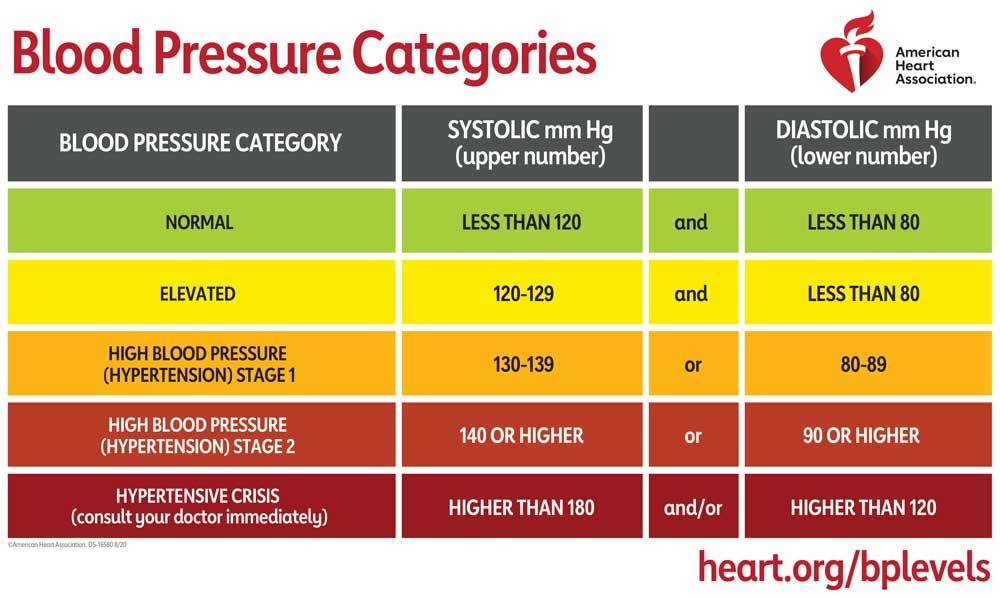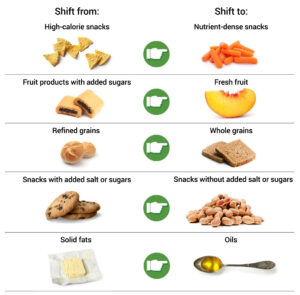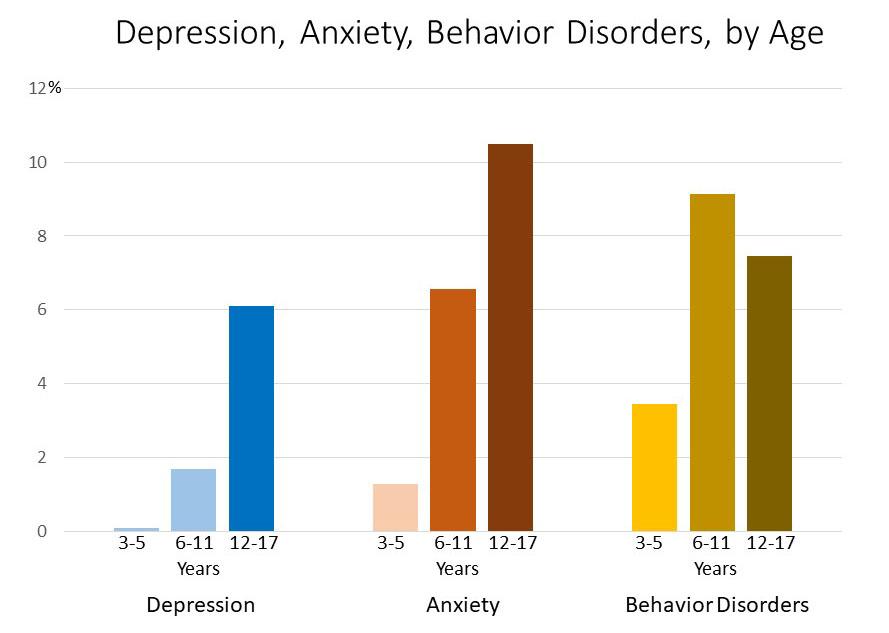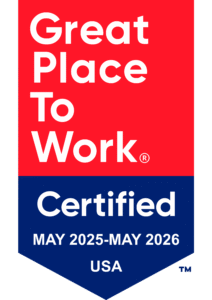We all love getting a good night’s rest, but have you considered sleep as an essential factor in your physical and mental health? While sleep is vital for a person’s well-being, many of us struggle to fall asleep when our head hits the pillow or wake up without getting any quality sleep. This struggle can leave us feeling tired during the day.
Tips for Better Sleep
Implement a Consistent Sleep Schedule
-
Wake up at the same time every day. Yes, even on the weekends. Being consistent reinforces the body’s sleep-wake cycle, and waking up at different times every day will throw off that cycle.² Make sure that your chosen wake-up time is achievable. Our biological clock shifts over our lifetime, so older adults are more likely to wake up early while teenagers tend to fall asleep and sleep in later due to a delayed sleep-wake rhythm. Choose a wake-up time that works with your individual biological clock.³
-
Get enough sleep. The recommended amount of sleep is 7-8 hours per night, but some individuals may need at least 9 hours of sleep every night. Allow for that time in your sleep schedule by going to bed early enough to still wake up at your chosen wake-up time.⁴
-
Ease into your target sleep schedule. If you are making larger changes to your sleep schedule, make small adjustments over time. This will help your sleep schedule be more sustainable in the long run.
Create the Optimal Sleep Environment
-
Keep your room cool, dark, and quiet. No one finds it easy to get a good night’s rest when it’s too warm or when light is still peeking through the window. Turn down the temperature and invest in some room-darkening shades. Keep noise to a minimum to avoid unwanted disturbances once you’ve fallen asleep. When noise is inevitable (or you find that you can’t fall asleep if it’s too quiet), try using a fan, white noise machine, earplugs, or even headphones.⁵
-
Keep the bed a sleep-only zone. Our brains associate activities with where they occur. If you tend to watch television or work from bed, sleep can become hard to achieve in that space. Keep the bed separate from other daily activities to keep it a restful environment—that includes putting the electronic devices away when it is time for bed.
-
Promote relaxation before bed. Stress is inevitable and it’s really good at keeping us up at night. Try to check stress at the bedroom door by resolving any stress or worries you have before bedtime. If it can’t be resolved before bed, write it down for tomorrow so you don’t keep thinking about it. Before bed, try engaging in activities you find relaxing: read a book, listen to soothing music, take a hot bath, or maybe journal about your day.
Develop Healthy Eating Habits
-
Keep it light at night. Avoid eating large meals before bedtime. Falling asleep can be difficult if your body is still digesting a big meal, especially high-protein meals since protein takes longer to digest. Eating too late can also bring heart burn and acid reflux to bed with you, especially if you are eating spicy foods. This can lead to discomfort and a hard time falling asleep. Try to also limit fluids in the evening to avoid making unwanted trips to the bathroom overnight.
-
Be careful of hidden caffeine sources. While it is more obvious to not consume energy drinks and coffee before bed, there are other sources of caffeine that are less obvious and will leave you laying awake at night. Avoid snacking on chocolate and ice cream or sipping on non-cola sodas and decaffeinated coffee. Yes, contrary to its name, decaffeinated coffee often contains caffeine.⁶
-
Skip the alcohol for a better night’s sleep. While alcohol may help you fall asleep faster, the alcohol wearing off can wake you up in the middle of important stages of sleep, damaging your quality of sleep. In addition, alcohol can worsen sleep apnea symptoms and increase chances of sleep walking and sleep talking.⁶
Develop Healthy Habits During the Day
-
Avoid daytime naps. Keep naps short (no more than one hour) to avoid interfering with your nighttime sleep.⁵
-
Incorporate physical activity. Physical activity promotes better sleep by helping us fall asleep faster and alleviating daytime sleepiness. Avoid exercising too close to bedtime though as it can give you an extra boost of energy and leave you lying awake.³
-
Get some light! Our internal clocks are regulated by our exposure to light, so it is important to expose ourselves to daylight early in the day.



